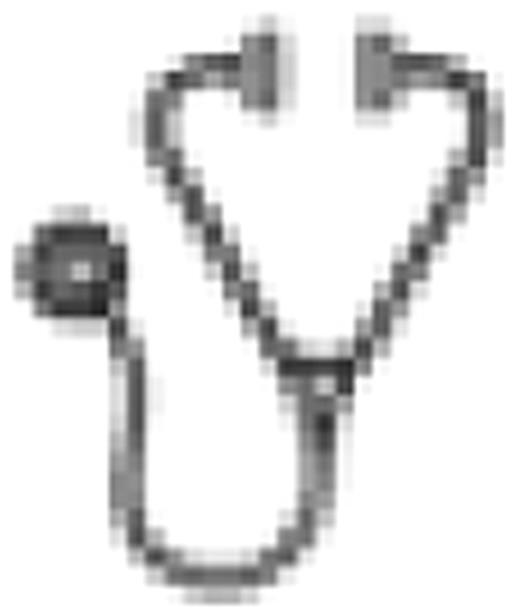Abstract
Abstract 2208
Diagnosis of von Willebrand disease (VWD) currently relies on two assays of von Willebrand factor (VWF), the VWF antigen ELISA (VWF:Ag) and the VWF ristocetin cofactor activity assay (VWF:RCo). The latter exploits the capacity of ristocetin to induce VWF – platelet interactions as a measure of VWF function. Ristocetin, however, is a non-physiologic agonist as shear stress is the physiologic stimulus inducing VWF to bind platelets in vivo. Recently we have reported that the VWF:RCo/VWF:Ag ratio is decreased in individuals with an A1 domain polymorphism, D1472H. The lack of bleeding in subjects with this polymorphism suggests D1472H does not create a physiologic defect in VWF – platelet interactions. D1472H is directly adjacent to a known ristocetin-binding area in the VWF A1 region (Leu 1457 – Pro 1471), supporting the hypothesis that D1472H affects the ability of ristocetin to bind VWF. Similarly, a heterozygous sequence change leading to P1467S (located in the same ristocetin binding domain) resulted in an undetectable VWF:RCo but no bleeding symptoms were noted in affected subjects. To further investigate the cause of this observation, we developed a method to study the binding of ristocetin to VWF directly. Maleic anhydride microtiter plates were used to capture ristocetin via its amine groups. A VWF source, either plasma or recombinant VWF (rVWF), was then added, wells washed, and VWF binding detected using anti-VWF antibodies. Both plasma and rVWF bound to the captured ristocetin similarly with ristocetin plating concentrations ranging from 0.01 to 1 mg/ml. Specificity of ristocetin dependent VWF binding was confirmed, as preincubation of ristocetin with rVWF decreased binding of rVWF to immobilized solid-phase ristocetin. No detectable binding was present for a full length rVWF construct with the entire A1 loop deleted (del 1242–1478) or a construct missing part of the A1 loop (del 1392–1402). VWF binding to ristocetin was inhibited by both monoclonal and polyclonal antibodies directed against the VWF A1 loop. VWF A1 loop constructs with the A1 domain polymorphisms D1472H and P1467S showed decreased binding to ristocetin when compared to a wild-type A1 loop construct. Wild-type A1 loop binding to ristocetin in our assay was 0.98 while 1472H A1 loop binding was reduced at 0.77 (p<0.001 compared to wild-type) and 1467S A1 loop binding was 0.45 (p<0.001 compared to wild-type). No difference was seen when full length VWF constructs with these polymorphisms were studied, perhaps due to other ristocetin recognition sequences present in VWF as reported by Scott and colleagues (JBC 1991). Binding of VWF to vancomycin, a glycopeptide antibiotic similar to ristocetin that does not induce platelet agglutination, was normal. The ristocetin-specific interaction with VWF may require a specific structural conformation of the A1 loop. These results suggest that VWF A1 domain polymorphisms, or the disruption of the entire A1 loop, have the ability to interfere with VWF – ristocetin interactions independent from VWF – platelet interactions. Clinical assays of VWF function that depend on ristocetin may therefore provide misleading results for subjects with VWF polymorphisms affecting ristocetin binding.
Montgomery: GTI Diagnostics, Inc: Consultancy.

This icon denotes an abstract that is clinically relevant.
Author notes
Asterisk with author names denotes non-ASH members.

This feature is available to Subscribers Only
Sign In or Create an Account Close Modal